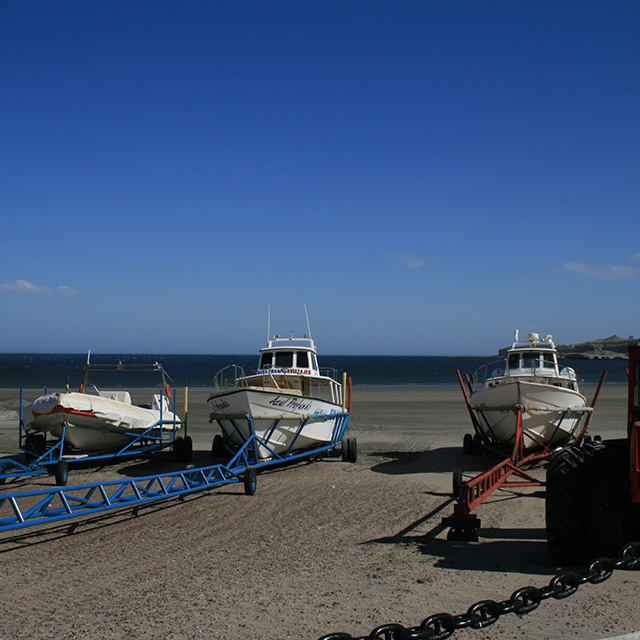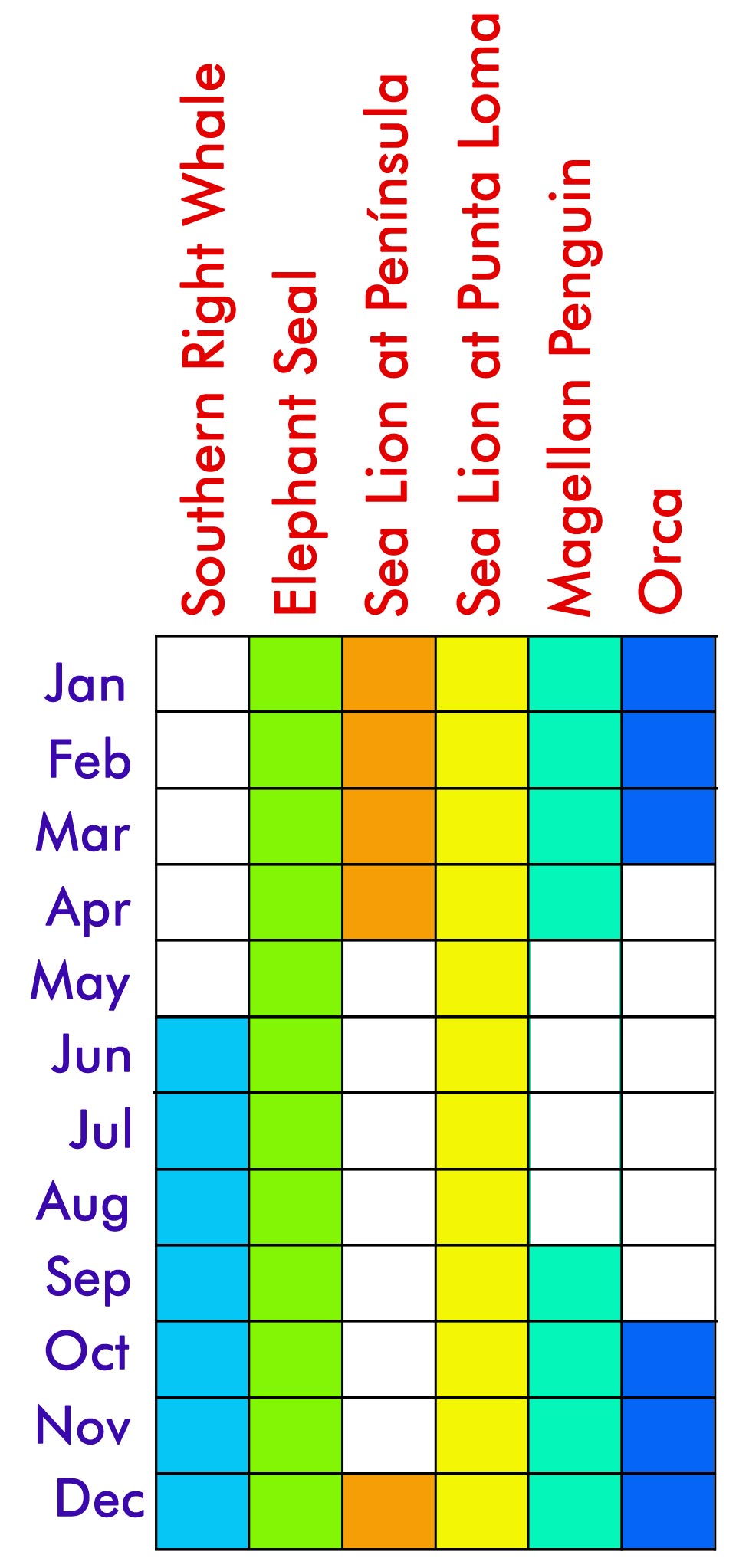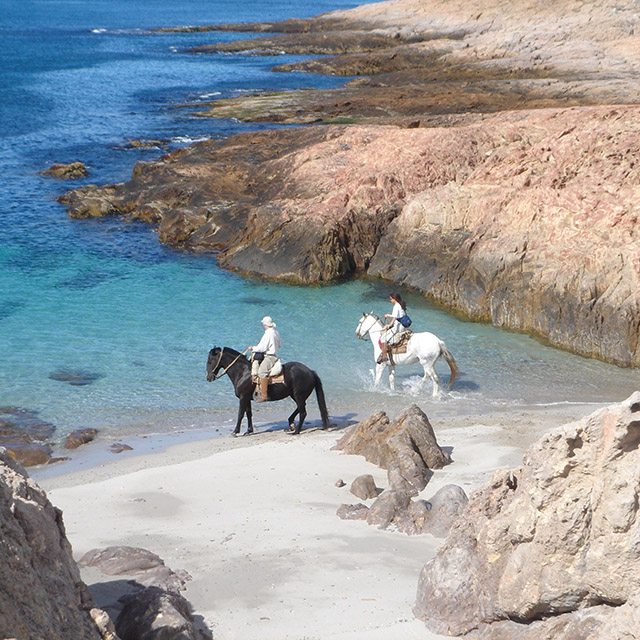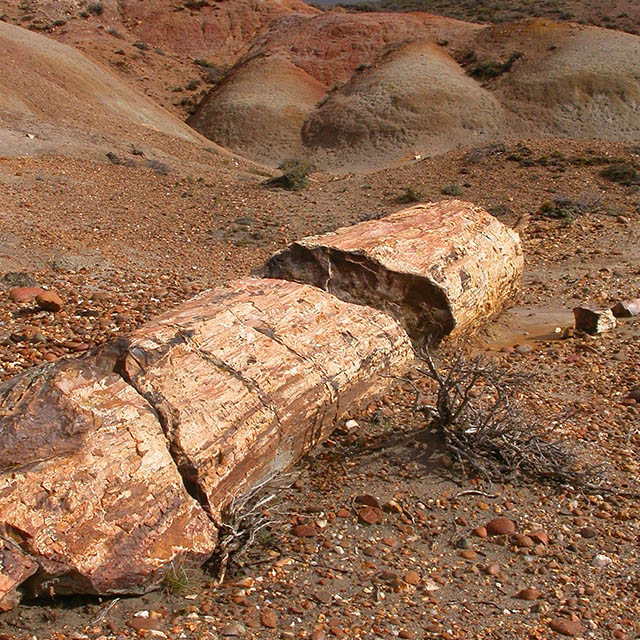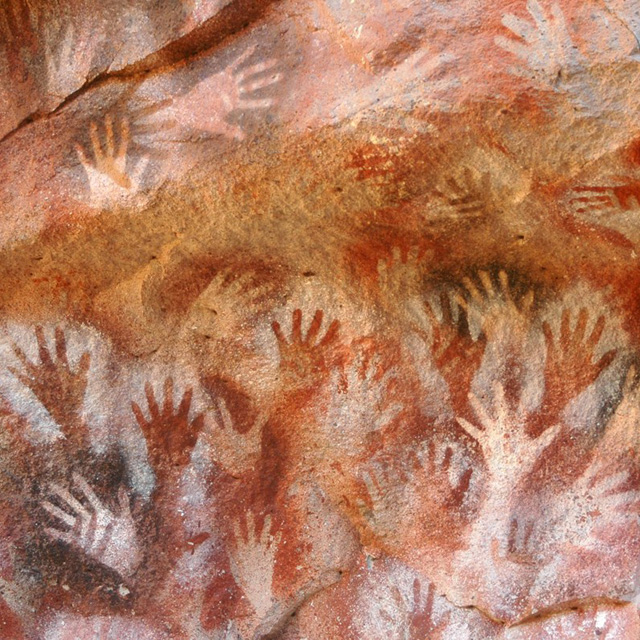The Patagonian Atlantic coast hosts abundant marine and terrestrial biodiversity and numerous natural reserves have been set up to protect it.
Elephant seals, sea lions, magellan penguins, dolphins, orcas, southern right whales, graceful guanacos of the camelids family, choiques (Patagonian rhea), maras (Patagonian hare), armadillos, foxes, skunks and a wide variety of birds live in the sea, land and air of Península Valdés, UNESCO World Heritage Site.
The fauna spreads out all along the Patagonian Atlantic coastline during its annual migratory cycle. Monte León National Park, Southern Patagonia National Park, Ría Deseado Nature Reserve, Cabo Vírgenes and an endless number of solitary spots and rocky capes hide small paradises for the extravagant flora and fauna of the Atlantic Patagonia.

